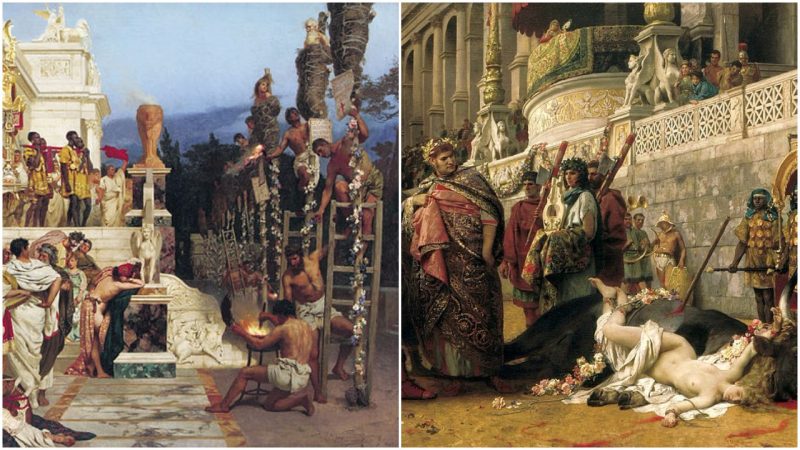The eccentric Roman Emperor Nero died in the year 68 AD. He was only 30 years old at the time of his death, but the period of his 13-year reign was an especially tumultuous period of Roman history.
Nero focused on the betterment of Rome’s economy and culture; he promoted athletic competitions and built many theaters. However, his rule is often associated with tyranny and militarism: he annexed the Bosphoran Kingdom, quelled a rebellion in Britain and began the First Jewish-Roman war.
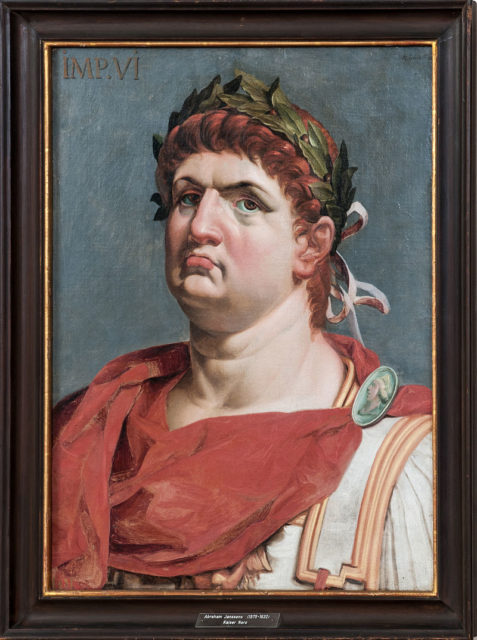
In the year 64 AD, a large part of Rome was destroyed by a huge fire. Some suspected that Nero himself started the fire in order to clear the way for many new buildings he wanted to create. The rumors only amplified Nero’s notoriety and extravagance, and many Roman noblemen started plotting against him. In the end, the Senate sentenced him to death-by-beating in his absence, but he managed to escape this disgraceful death by ordering his servant to stab him.
In the years after Nero’s death, a belief that Nero was somehow still alive permeated all levels of society; the belief was known as the “Nero Redivivus legend”. Some believed that Nero, in fact, secretly fled to Parthia, where he would create a huge army and would return to Rome to destroy it.
Noblemen and wealthy traders feared Nero’s returned, as they thought he would kill them first, as they had plotted against him. On the other hand, lower levels of society hoped that Nero would return because his public policies improved the quality of life for the poor.
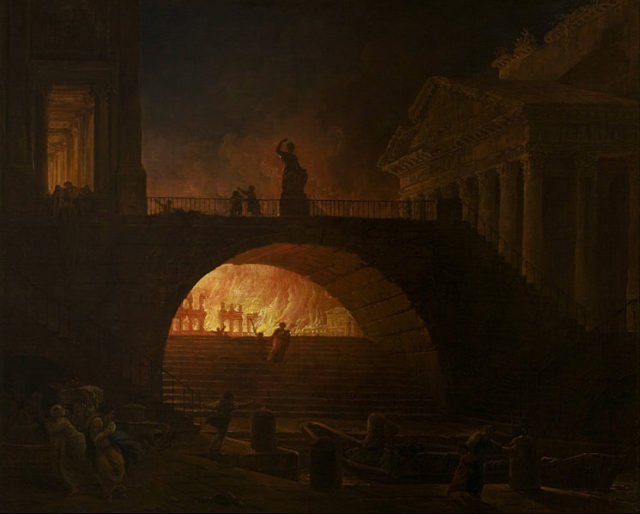
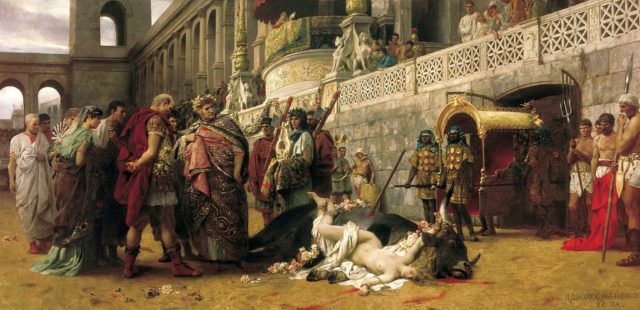
Some clever individuals used the Nero Redivivus legend to their own advantage. Namely, in the 50 years following Nero’s death, several people pretended to be Nero in order to organize rebellions. These imposters, known as the “Pseudo-Nero’s”, were in fact pretty dangerous.
During the reign of Emperor Domitian, there was a Pseudo-Nero from Parthia who convinced a large number of people that he was actually Nero. The Parthians almost attacked Rome, but the imposter was exposed before they managed to gather an army.
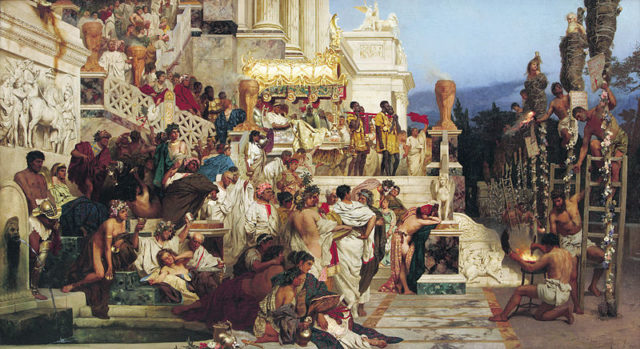
It was up to the 5th century that early Christians feared Nero’s return. Nero, who is known as the first great persecutor of Christians, hated Christians and ordered punishments for them because they disregarded the roman gods and spread superstition. He would frequently order Christians to be thrown to the dogs, crucified or burned alive. In fact, many early Christians believed that Nero was the Antichrist, who would return to wage an apocalyptic war on Christianity.
Read another story from us: In Ancient Rome, suicide was allowed as a form of euthanasia
Some contemporary historians claim that the Book of Revelations in the New Testament hints that Nero was the first personification of the Antichrist on Earth, after the resurrection of Jesus, and that he would return in the same form to try and exterminate Christianity.
